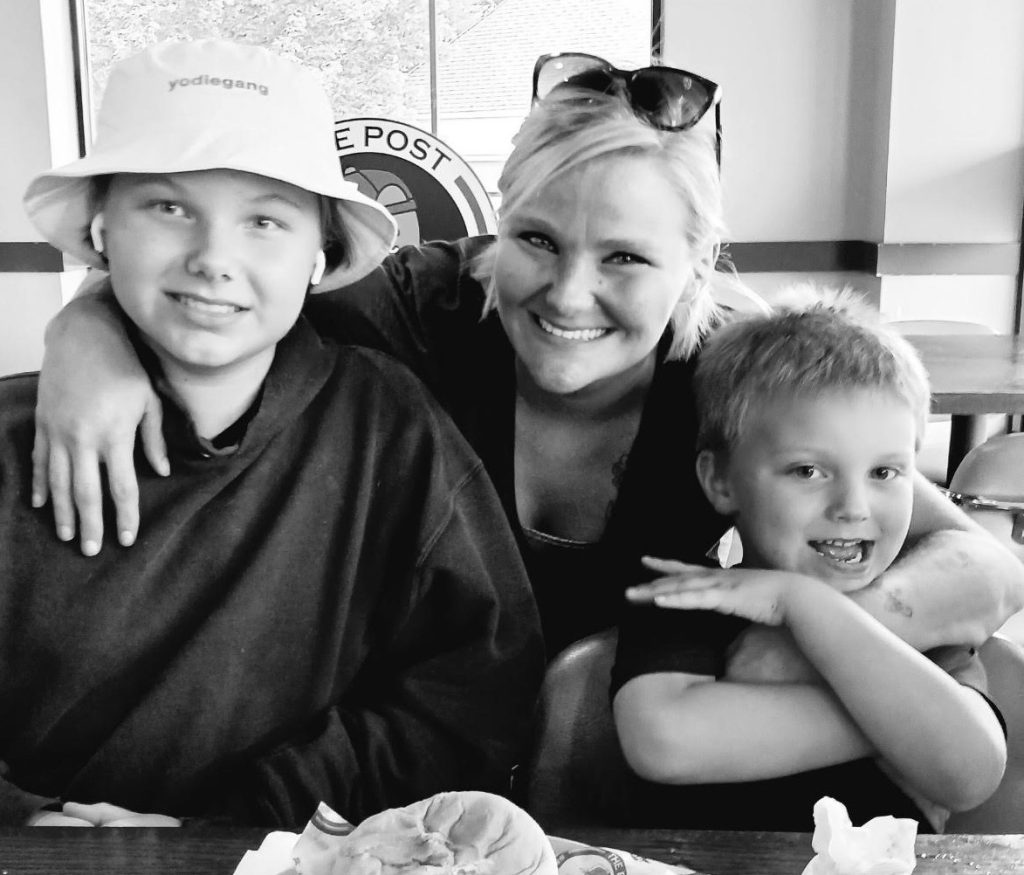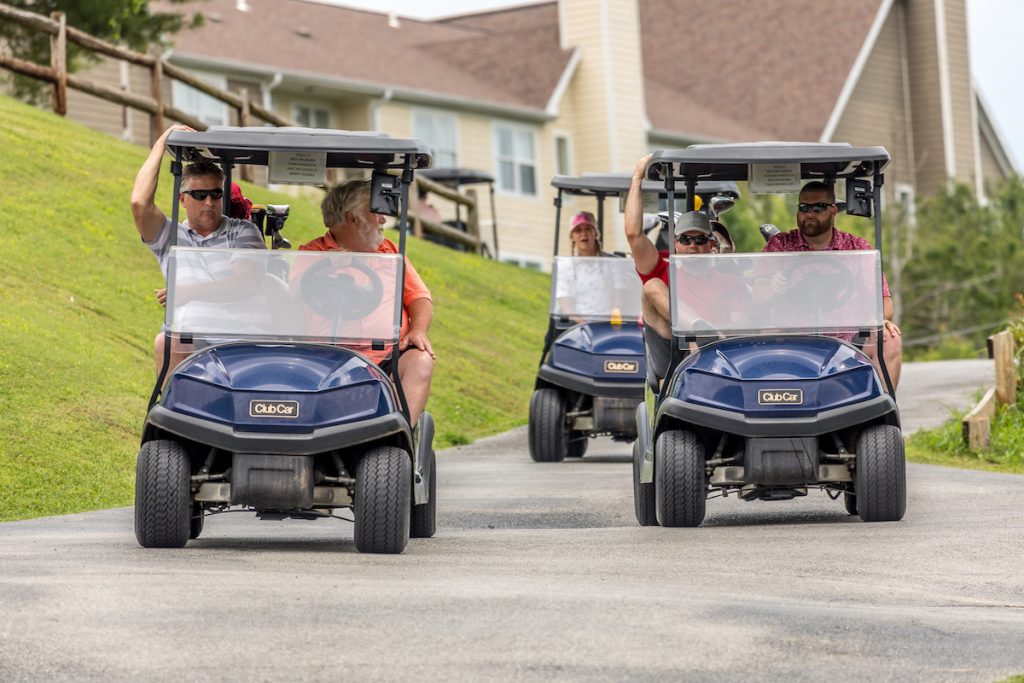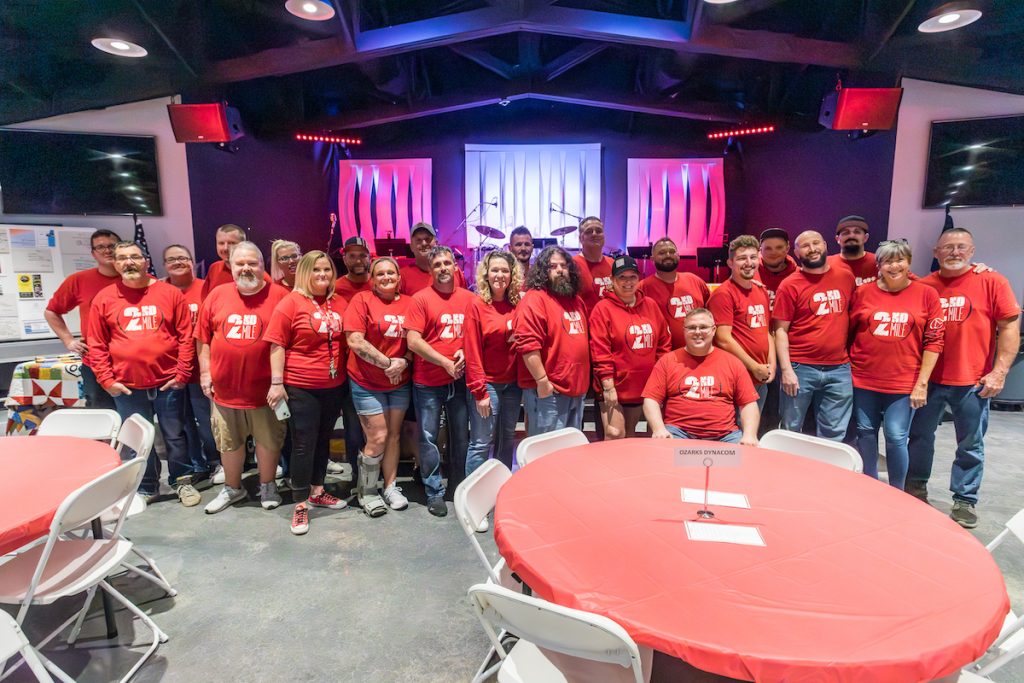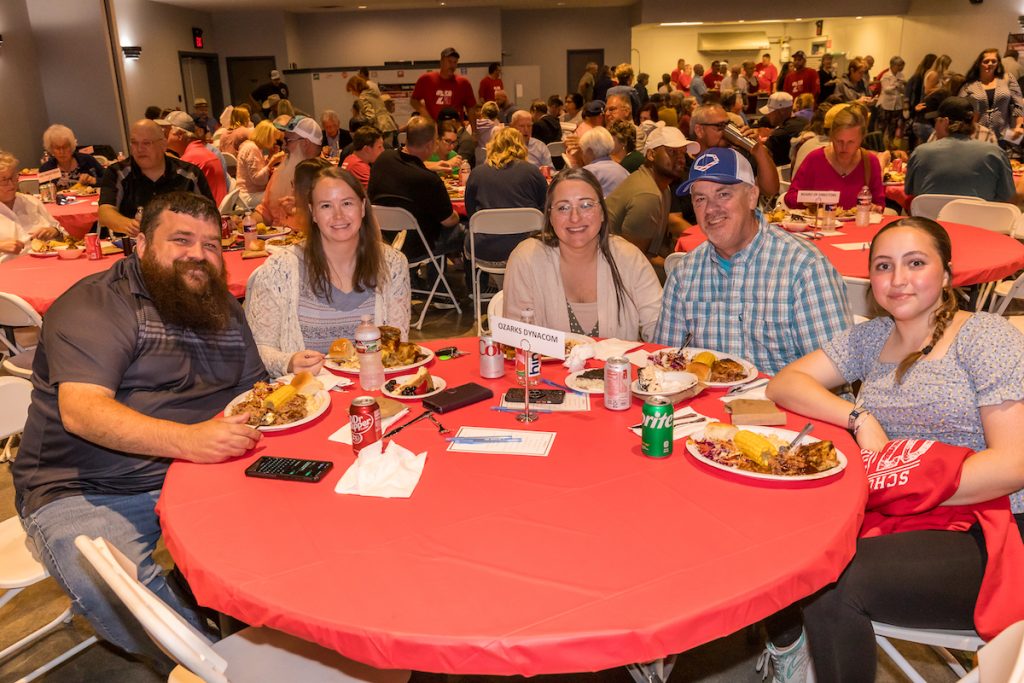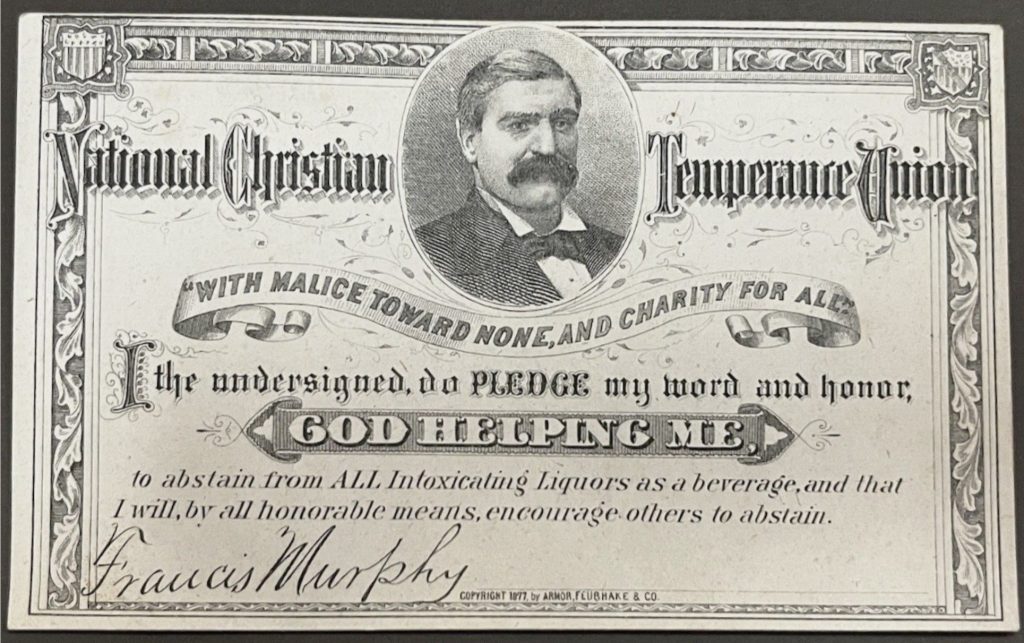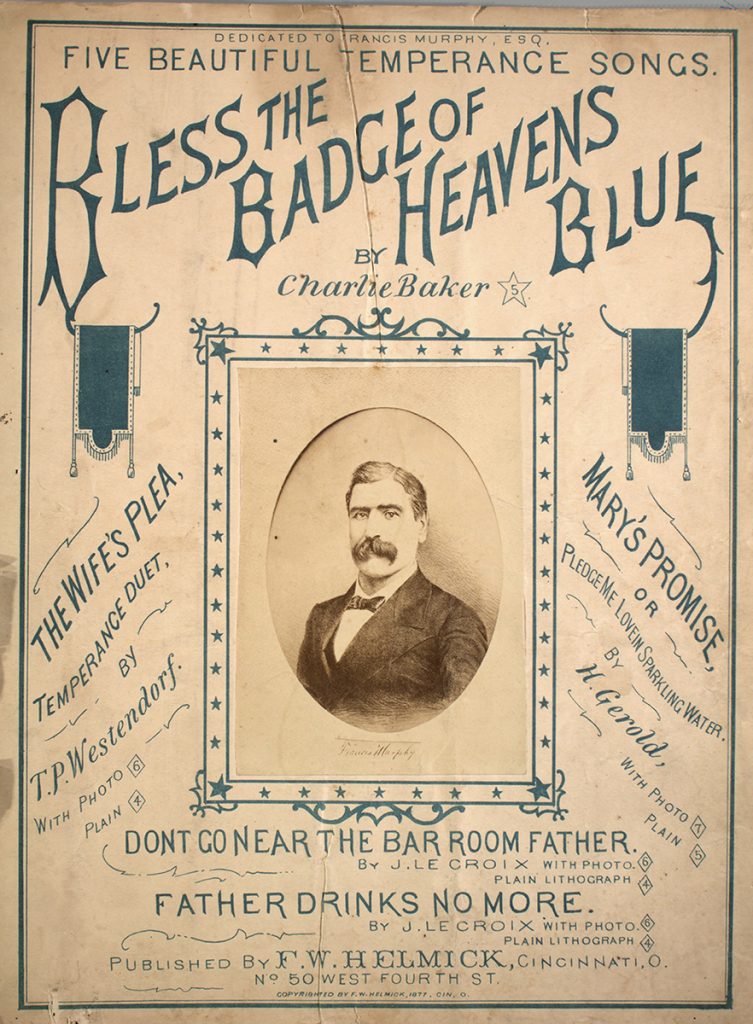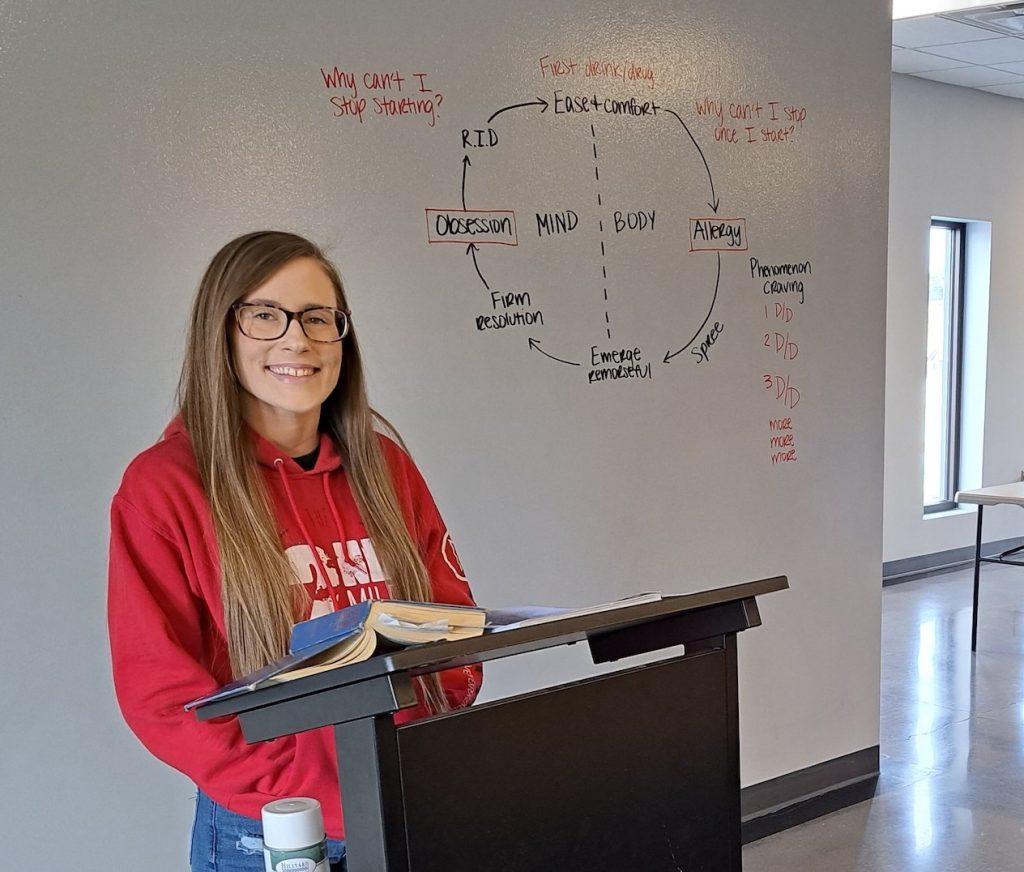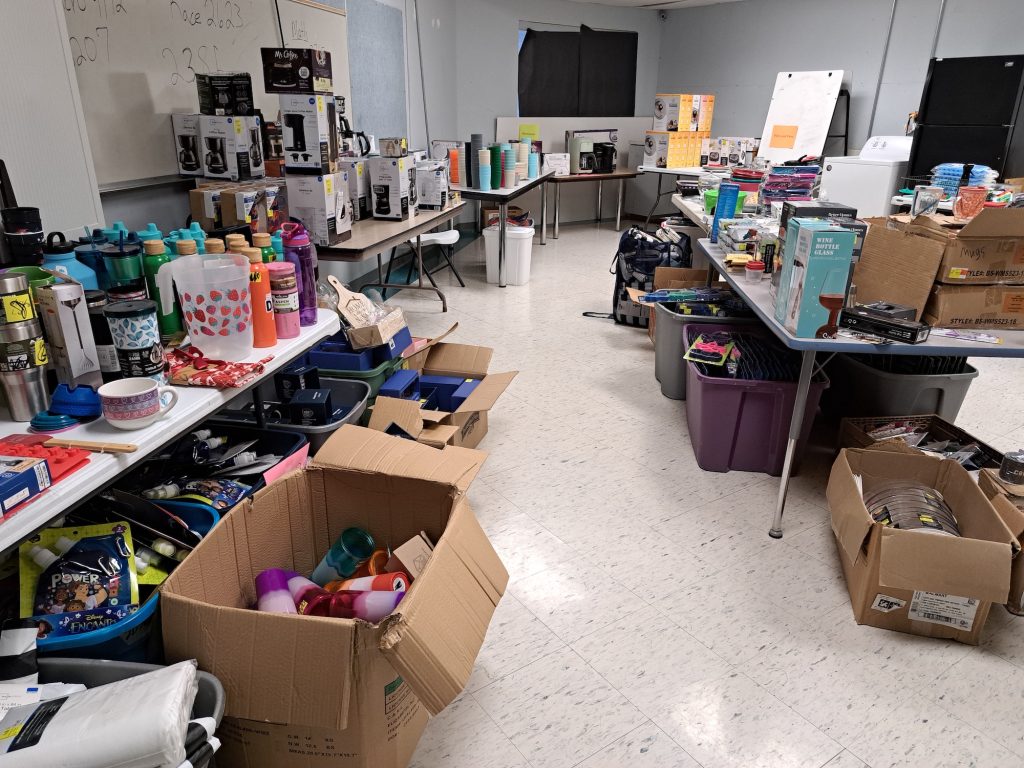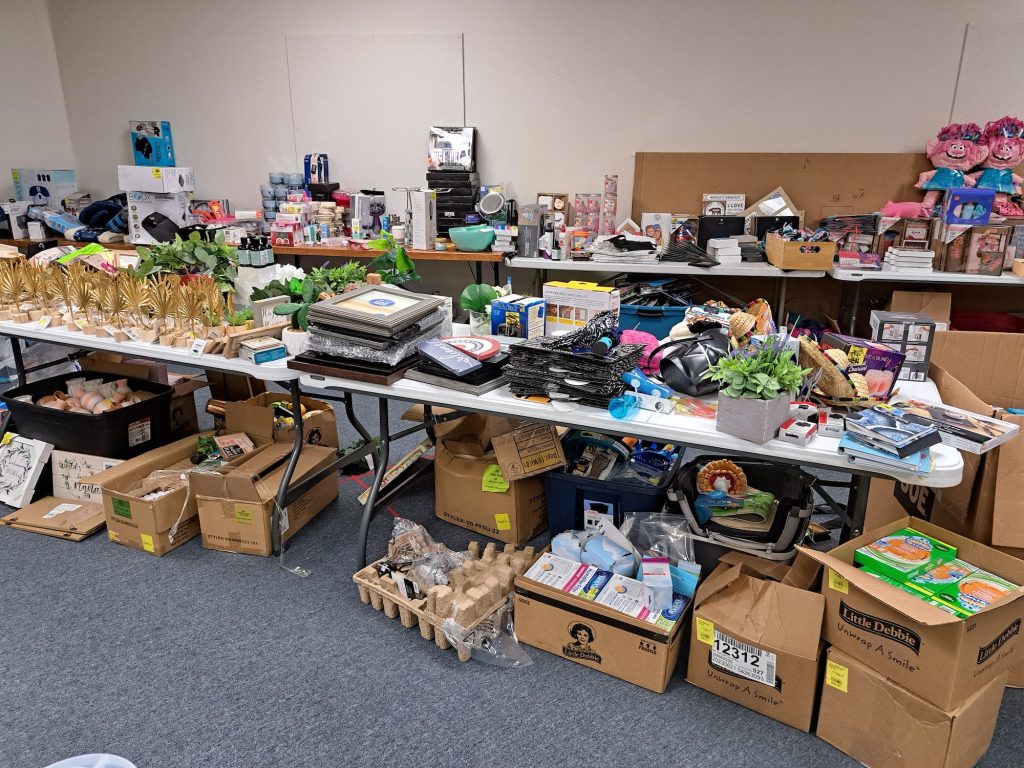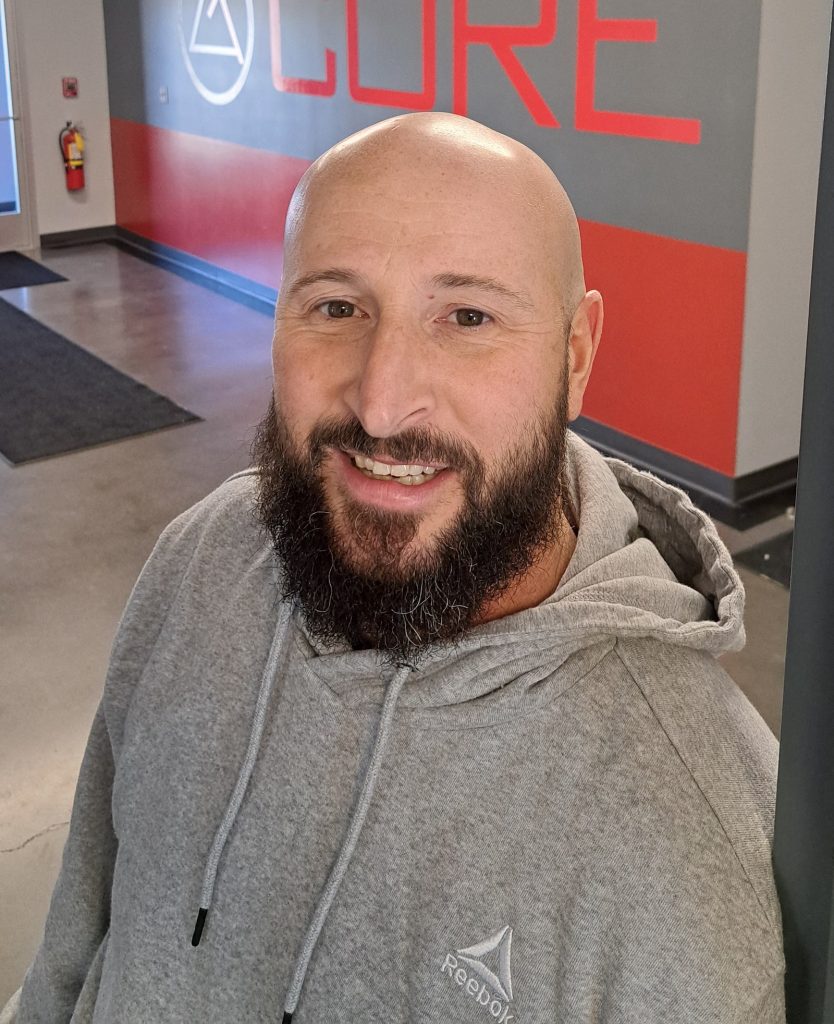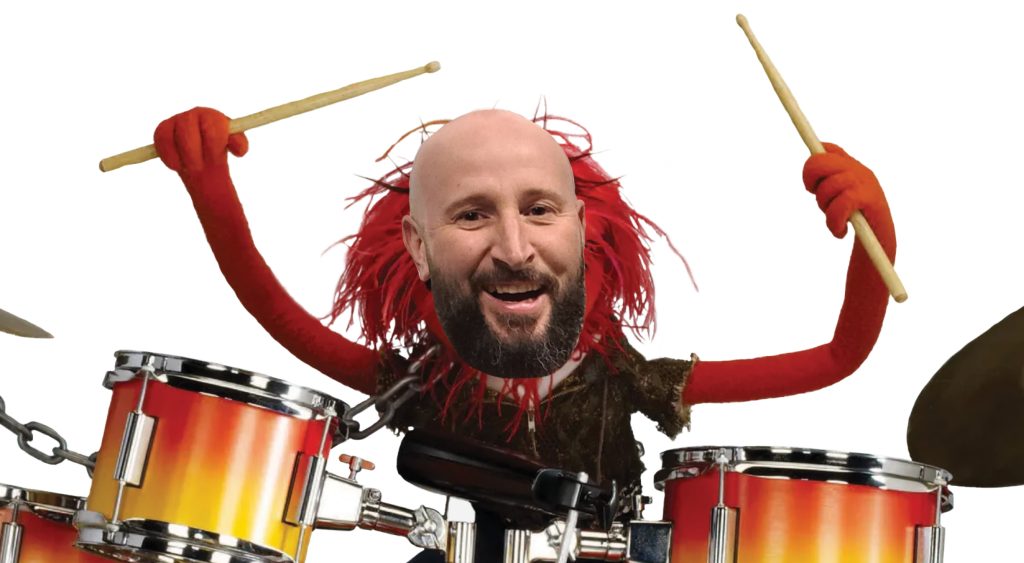Our Step Eight Motives: the Good, the Bad, and the Ugly
Reaching Step 8 can feel like we’re riding through a perilous and forbidding Spaghetti Western landscape.
We’ve undoubtedly come a long way, but during our addictions, we were like tornadoes tearing through people’s lives. Friends, family, and associates were left worn out, suspicious, and even resentful. They may not be feeling very neighborly toward us right now.

If our recovery means anything, we have to grow up and take responsibility for our past conduct. Repairing the wreckage of our lives includes making right our wrongs, and Step 8 prepares us to do this. It reads:
“Made a list of all persons we had harmed, and became willing to make amends to them all.”
The Big Book is straightforward on this, stating: “We have a list of all persons we have harmed and to whom we are willing to make amends. We made it when we took inventory,” and adds, “If we haven’t the will to do this, we ask until it comes.”
Many commentators have elaborated on Step 8, turning it into a grand endeavor with recommendations for inventories, worksheets, guided imagery, affirmations, meditations, and more. However, we may fairly question the necessity of these elaborate tools if we have the right motivations when undertaking this step. Approaching our amends with the appropriate state of mind renders these additional suggestions superfluous.
When we have made the list of people we have harmed and are reflecting carefully upon each instance, we check our motive. Unless we want an amends turning into an Old West showdown, we must proceed with the right attitude. Is our motive good, bad, or ugly?
The Good

When our motive is good, we go beyond expressing regret; we want to take active steps to repair the harm and demonstrate our genuine commitment to change. We act according to God’s will and timing, for the sake of others and not for ourselves.
Our willingness flows from a commitment to doing what is right and taking responsibility for our conduct. We see this as a moral, ethical duty that aligns with our understanding of God’s will. Therefore, no personal weakness – whether fear, pride, or other obstacle – will stand in our way. We’re dedicated to seeing it through even though we’ve resolved never to repeat the mistake.
We also genuinely care about the well-being of others. We’re empathetic, sensitive to their experiences, and believe their feelings should be validated. Providing a sense of closure is important, too – making the amends will aid a healing process that lets them move forward without lingering resentments or unresolved emotions.
Another goal for us is to restore trust and build, rebuild, or prevent the deterioration of the relationship. We want to address the matter personally and directly, if possible, to mitigate misunderstandings and prevent conflicts from escalating.
Finally, we aspire to be a positive role model and set an example of honesty, accountability, and humility.
In sum, when our readiness to correct the wrong is sincere, we’re in the right place to work Step 9, making our amends.
The Bad

In contrast to the good, there may be an instance when our willingness to heal an old hurt is less than genuine, or downright bad. Neither personal integrity nor doing God’s will rank highly on our list of priorities.
Maybe we’re seeking emotional relief or trying to get something we want. Even when making the amends is a priority—i.e., we’re willing—it may not be due to good motives.
Apologies can manipulate another’s emotions or actions. They can generate sympathy or pity or be used to divert attention from our misconduct. They may be crafted in a way that subtly blames the victim, imbuing them with an emotional burden or guilt and making them wonder if they are responsible for the situation.
An amends may also be fueled by our own ego, or to earn respect, or to appear as the most humble person in the room.
There is also the attitude that we never know when we’ll need a favor, or that a strategic retreat in the form of an apology makes the other think we respect their feelings and somehow helps us stay in the game.
When our motives are bad, we use amends to purposefully manipulate our social interactions and resolve conflicts in our favor. In such instances, we appear to be incapable of grasping and developing a manner of living which demands rigorous honesty. Sooner or later, these pretenses probably will blow up in our faces.
The Ugly
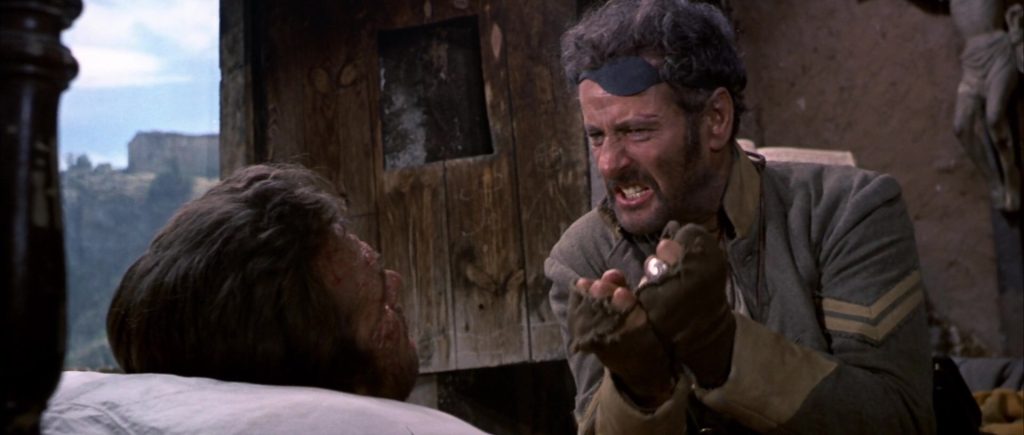
Ugly motives are conflicting, messy, and impair our willingness to make a needed amends. They usually are a sign that we haven’t fully worked our Steps in the first place.
Perhaps we feel some compulsion to do the right thing, but we’re paralyzed by fear – fear of rejection, retaliation, or some other negative consequence. Or, lack of confidence in ourselves makes one or more amends seem too daunting to pursue.
Shame or guilt may cloud our ability to think and move forward.
Pride and stubbornness keep us at a standstill. We worry that admitting a wrong and apologizing will belittle our self-image and make us look weak.
Rationalizing or justifying our behavior is a path to denial and resentments.
If we lack faith that anything good will come from doing God’s will and making the amends, we’ll invariably sit on our hands.
Our ugly motives are relatively easy to spot. They are among the most obvious “character defects” identified in the preceding Steps, which we very much need to go back and address.
Conclusion
Our motives matter. If they are bad or ugly, we’ll remain stuck in the same isolated relationship landscape that characterized our life in addiction.
When our intentions are pure, we can move forward to making amends with the genuine aim of healing relationships and restoring trust, motivated by compassion and a commitment to doing what’s right. Selflessness not only benefits those we’ve harmed but also aids in our own spiritual growth and recovery. We’ll address the benefits more fully next month, in the context of Step 9.


